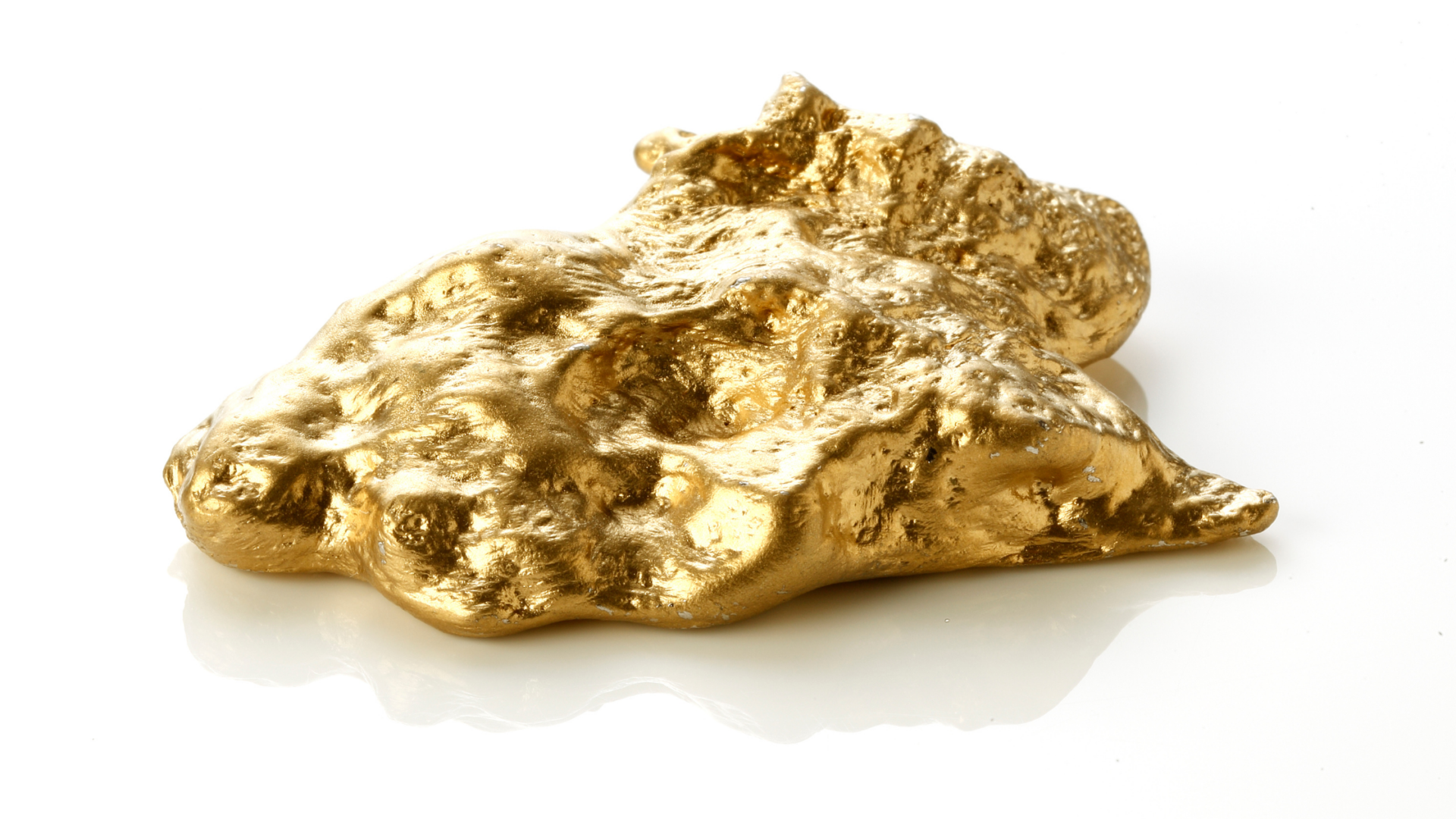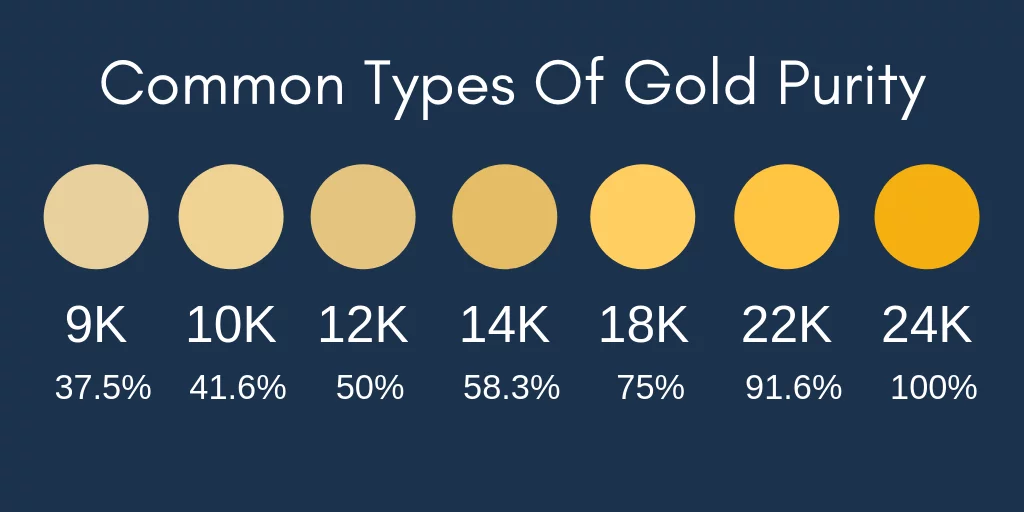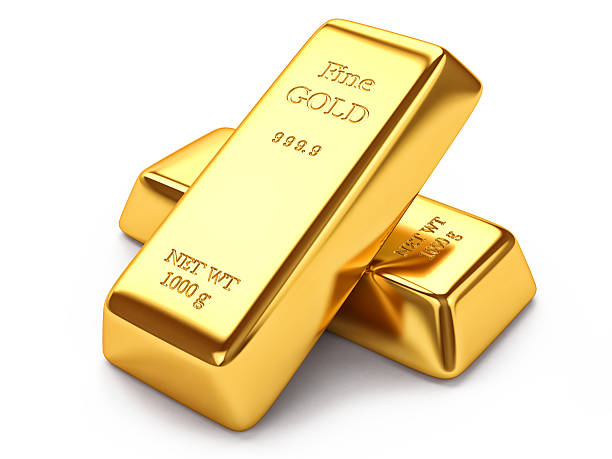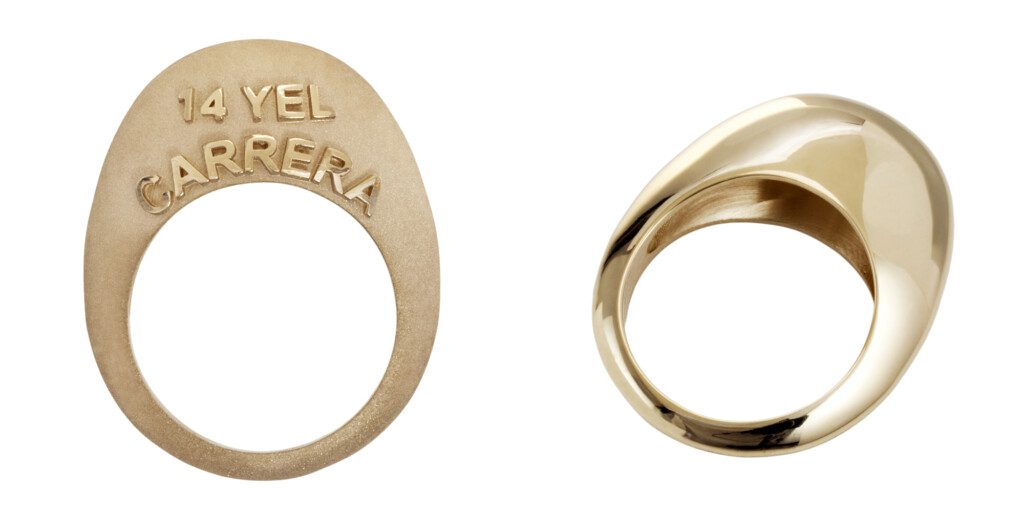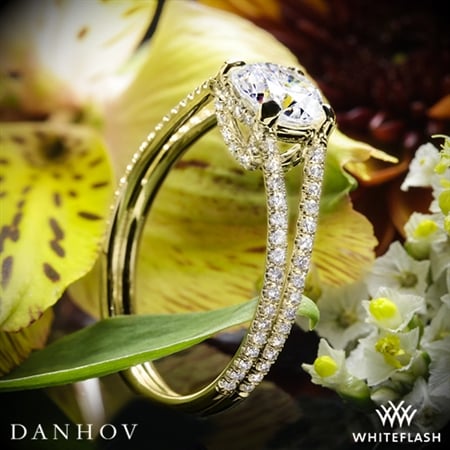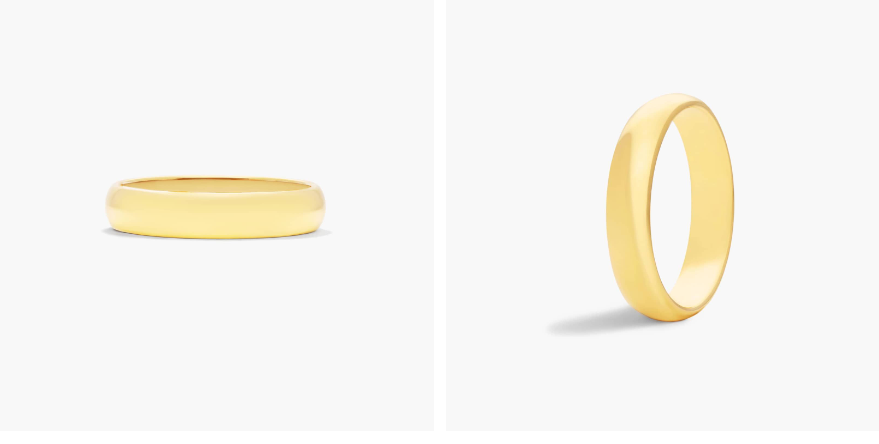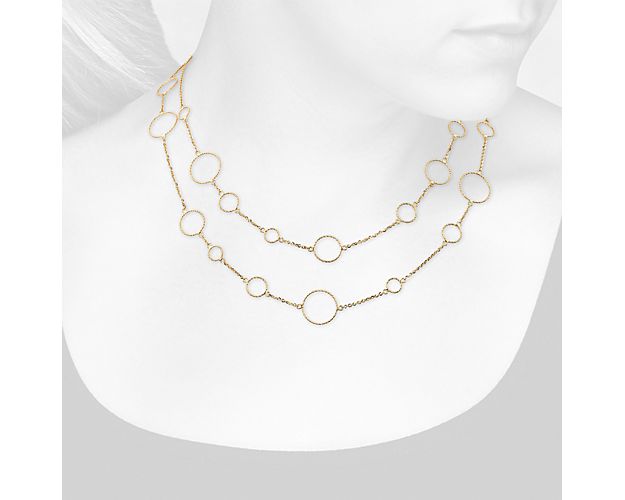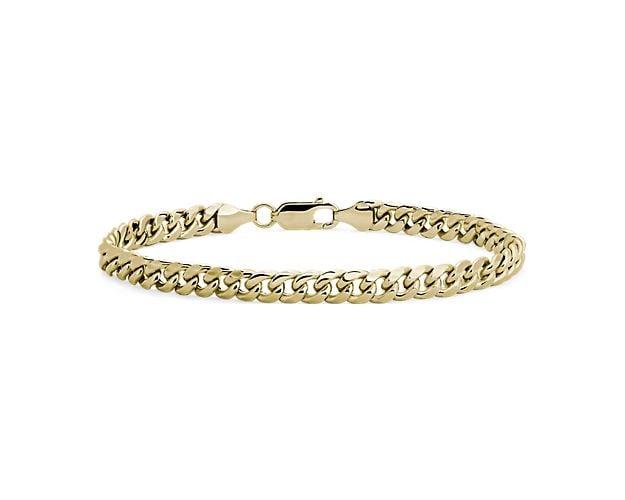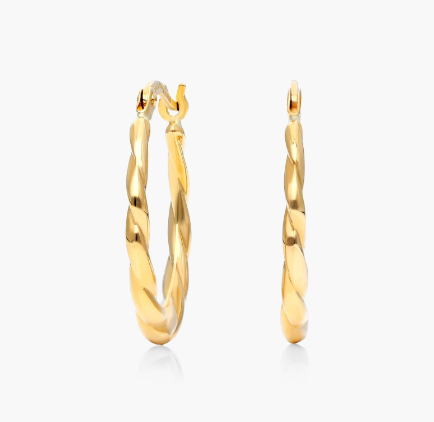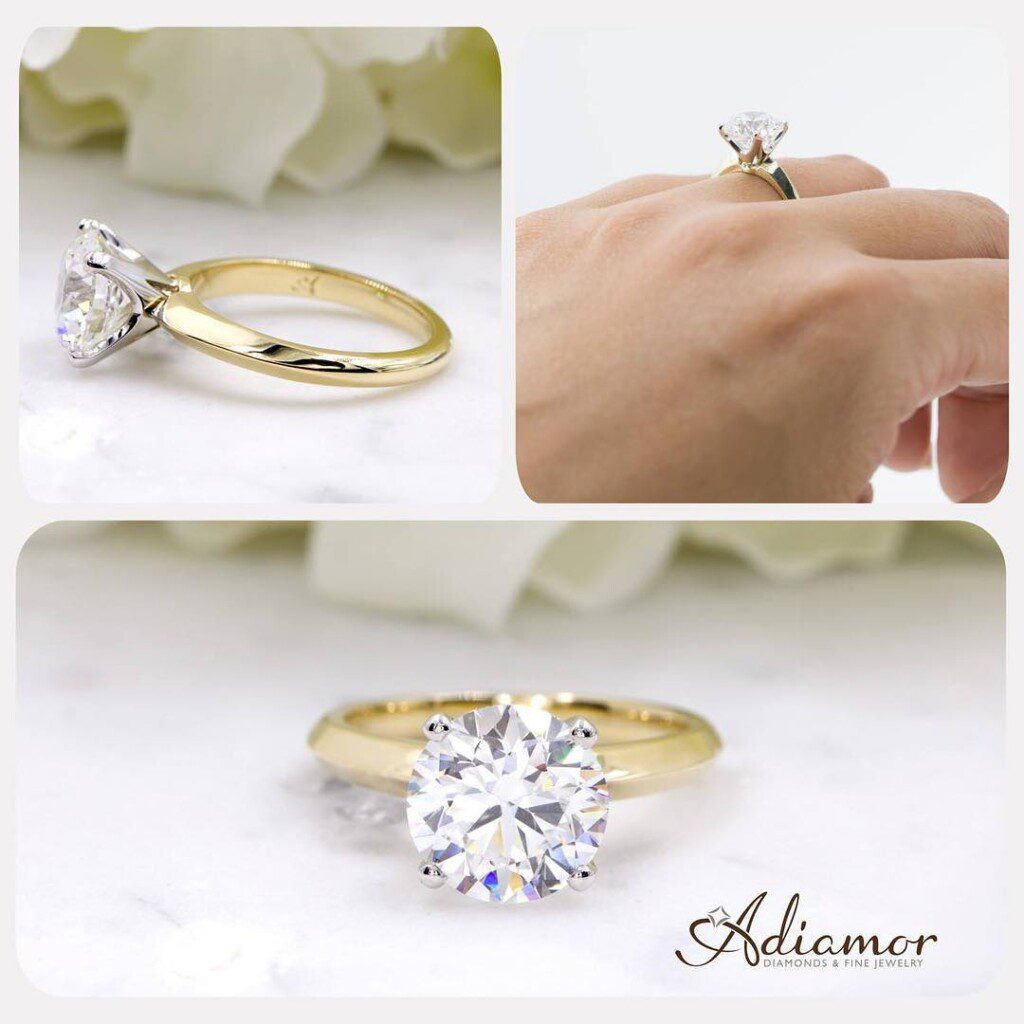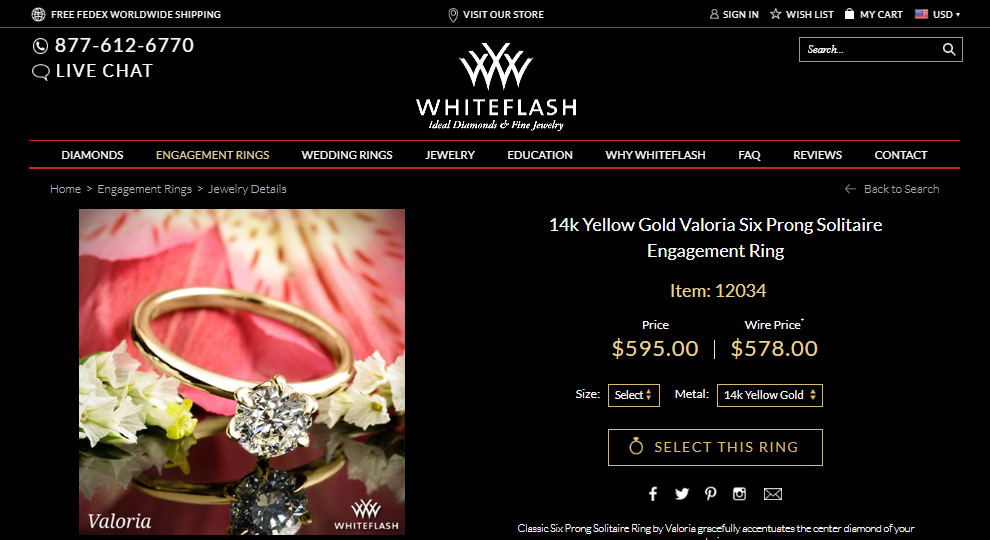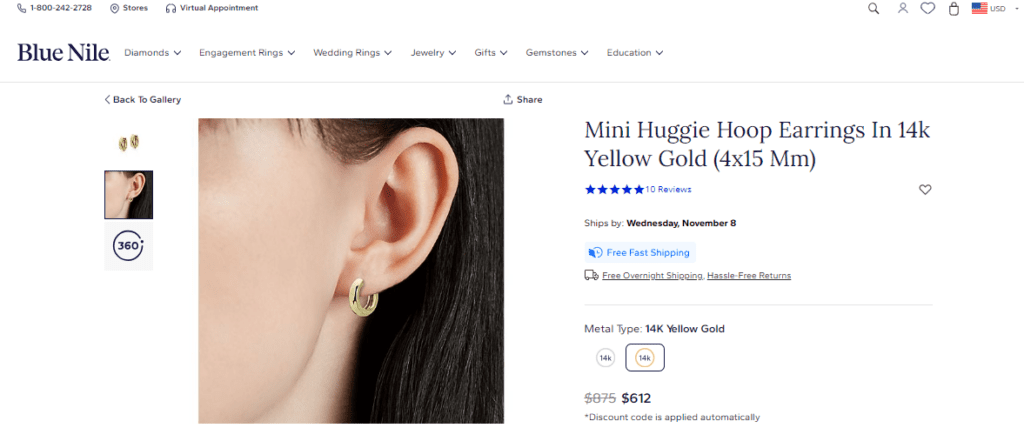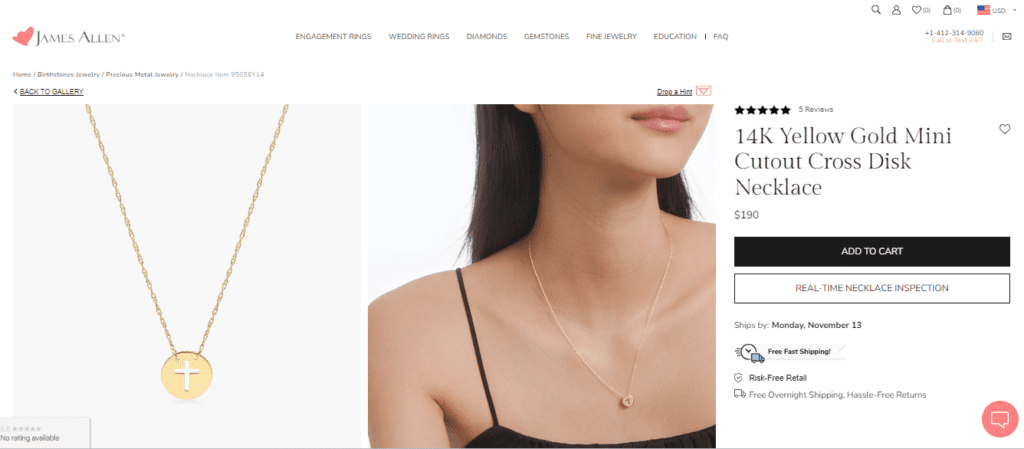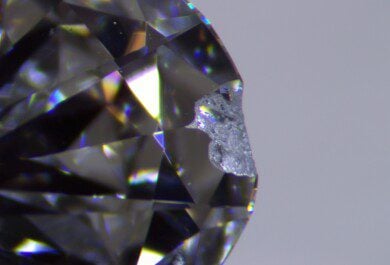The price of yellow gold is subject to a variety of factors that can cause it to fluctuate. Here are some key points to consider when understanding the pricing of yellow gold:
Purity: The karat system denotes the purity of gold. The higher the karat, the purer the gold, and consequently, the higher the price. For example, 24K gold is more expensive than 18K or 14K gold due to its higher gold content.
Market Value: Gold is a commodity, and its price is largely determined by the market. This can be influenced by factors such as supply and demand, economic indicators, currency values, and geopolitical events.
Weight: Gold is traditionally sold by weight, with prices commonly given per gram or ounce. The heavier the piece of gold, the more it will cost.
Craftsmanship and Design: When it comes to gold jewelry or items, the craftsmanship, designer’s reputation, and intricacy of the design can significantly add to the cost over and above the price of the raw gold.
Retail Markup: Jewelry stores and dealers typically add a markup to the base price of gold to cover their overheads and profit margin. This can vary widely between different retailers.
Economic Stability: Gold is often considered a safe-haven investment during times of economic instability. During such periods, the price of gold can increase as investors look for secure places to invest their money.
Central Bank Reserves: Central banks hold significant amounts of gold and their buying and selling activities can impact the price of gold.
Production Costs: The costs involved in gold mining, including labor, energy, and equipment, can affect the price. If production costs rise, this can lead to higher gold prices.
Inflation: Gold is often seen as a hedge against inflation. As the cost of living increases, the price of gold can also rise as people invest in gold to maintain their purchasing power.
Investment Vehicles: The development of gold-based investment products, such as gold ETFs (Exchange-Traded Funds), has made it easier for individuals to invest in gold, which can impact its price.
The price of yellow gold is therefore not static but dynamic, reflecting a complex interplay of economic conditions, market speculation, and consumer demand. It’s important for investors and consumers to monitor these factors to make informed decisions when buying or investing in gold.

